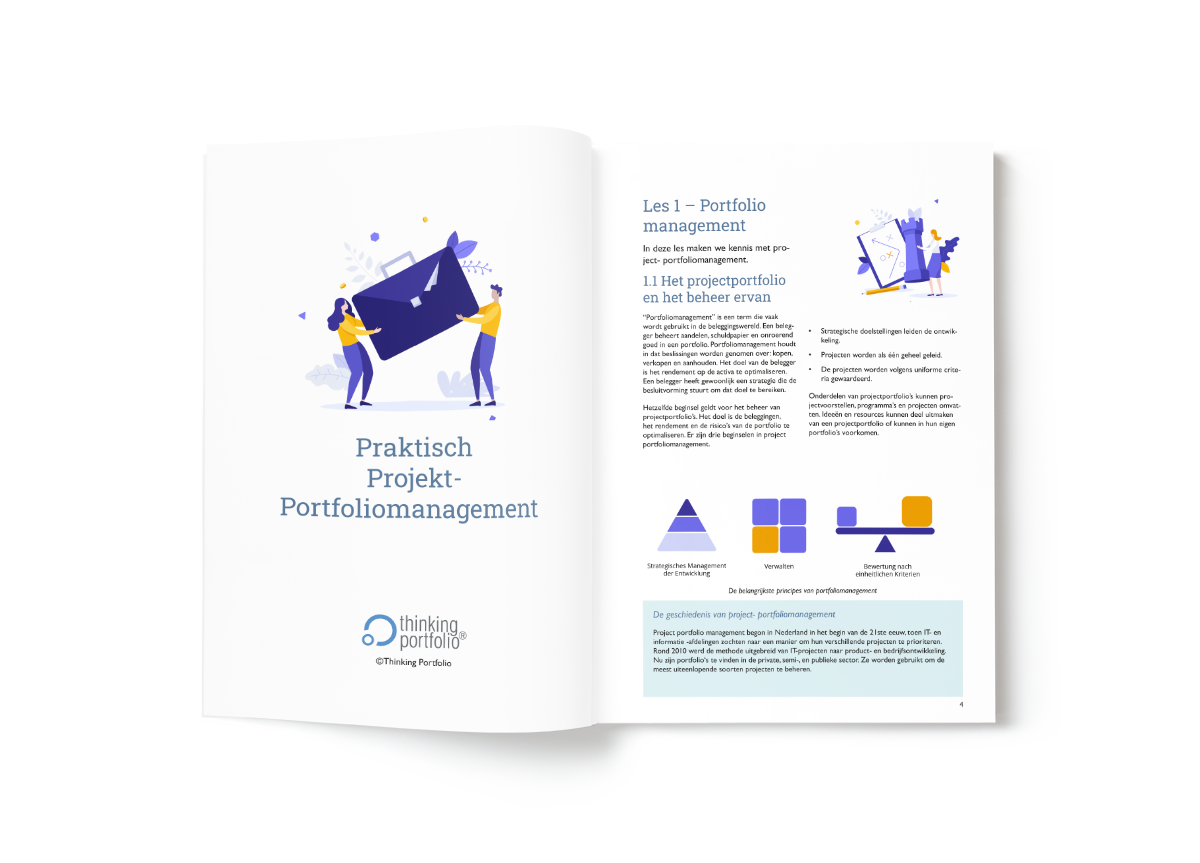In the fast-paced realm of project management, over-resourcing can lead to wastage of valuable assets and hinder project success.
Employing advanced strategies to prevent over-resourcing is essential for optimizing project efficiency and ensuring resource utilization. Here are 10 world-class tips to help you avoid over-resourcing projects:
- Thorough Project Planning: Begin with a comprehensive project plan that outlines the scope, milestones, and resource requirements. Clearly define roles, responsibilities, and resource needs for each project phase to minimize the risk of excess resourcing.
- Resource Allocation Hierarchy: Establish a clear hierarchy for resource allocation. Prioritize critical tasks and allocate resources accordingly, ensuring that high-impact activities receive the necessary attention without inflating the overall resource pool.
- Resource Demand Forecasting: Leverage historical data and predictive analytics to forecast resource demand accurately. Anticipate resource needs based on project fluctuations and align staffing levels accordingly.
- Resource Load Analysis: Regularly assess the workload of individual team members. Utilize resource management software to visualize and balance workloads, redistributing tasks as necessary to prevent bottlenecks (e.g with Thinking Portfolio Project Resource Management).
- Flexible Staffing Models: Implement flexible staffing models that accommodate varying project demands. Consider a blend of full-time employees, contractors, and freelancers to maintain agility while avoiding unnecessary over-staffing.
- Scenario-Based Planning: Develop multiple resource allocation scenarios based on different project outcomes. This enables swift adjustment of resource levels in response to changes in project scope, priorities, or timelines.
- Progressive Staffing: Embrace a progressive staffing approach that scales resources as project milestones are achieved. This minimizes the risk of early over-resourcing and allows for controlled resource increases.
- Continuous Monitoring: Establish real-time resource monitoring mechanisms. Regularly track resource consumption against project progress to quickly identify any signs of over-resourcing and take corrective action.
- Resource Smoothing Techniques: Utilize resource smoothing techniques to level out resource demand peaks. This involves adjusting project timelines or task sequencing to avoid excessive resource requirements during specific periods.
- Collaborative Decision-Making: Involve key stakeholders in resource allocation decisions. Encourage collaboration between project managers, team leads, and resource owners to ensure consensus and prevent unnecessary resource allocation.
By integrating these world-class tips into your project management arsenal, you’ll be equipped to steer clear of over-resourcing pitfalls. Striking the perfect balance between resource allocation and project needs is the hallmark of a seasoned project manager, leading to streamlined operations and successful project outcomes.








